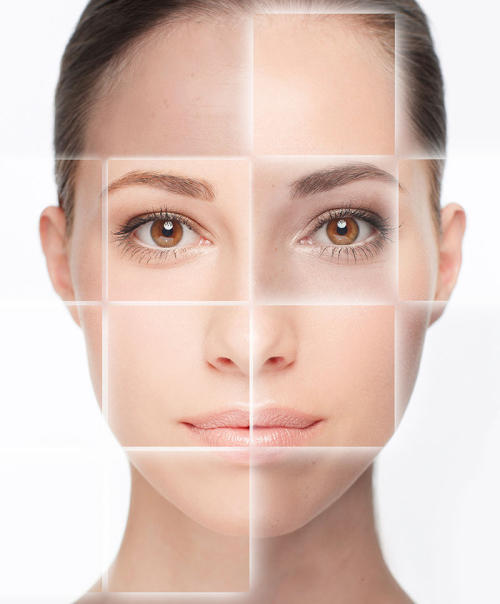Know Your Skin to Take Good Care of It
 Everyone has a different type of skin, mainly due to factors such as skin sensitivity and the amount of water your skin has and retains. Another important thing to note is that your skin type can change over time and with age.
Everyone has a different type of skin, mainly due to factors such as skin sensitivity and the amount of water your skin has and retains. Another important thing to note is that your skin type can change over time and with age.
There are five different known skin types. Before we look at each one in depth, let’s focus on how to determine what skin type you have.
There are a few easy steps to determine this. First, wash your face with face wash or a gentle cleanser, then dry. Ensure you remove all your make-up. You will need to wait an hour or so to allow your skin to return to its normal state. Next, dab your skin with a tissue. Now you can determine your skin type:
Normal skin: The skin is smooth, without flaking or oil.
Oily skin: The skin is shiny, with enlarged pores, and there is oily residue on tissue. in
Dry skin: Skin is flaky and feels very stiff.
Combination skin: Contains characteristics of all three above; it is usually oily in your t-zone and normal or even dry everywhere else.
Sensitive skin: This type of skin is less common than we think. You probably have sensitive skin if most of the products you place on it cause stinging or redness.
Now let’s take an in-depth look into each of the five skin types.
Normal Skin
Not too dry and not too oily. This skin type is synonymous with very few imperfections, lovely complexion, very few pores that are actually visible and no sensitivity. If you have normal skin, count yourself lucky!
Combination Skin
This skin type is a combination of normal or even dry skin in some areas and oily skin in other areas. The oily parts are normally found in the T-Zone which consists of your forehead, nose and chin. The different areas will need different care. Oily skin usually has blackheads, visible pores and shiny surfaces, especially in the t-zone area. Combination skin is the most common skin type.
Dry Skin
Dry skin is less elastic, which means it is more likely to show lines or wrinkles. It normally has a rough, dull complexion and pores are not very visible. Dry skin can be spotted when it is flaky. You will know you have dry skin if it feels tight after wiping it.
Oily Skin
Sensitive Skin


Problem skin types include sensitive skin and oily skin (prone to acne or pimples). There are special ways to treat these skin types. In extreme cases, consult your doctor or dermatologist for assistance and skin care products.
Now that you know your skin type, you will be able to take better care of your skin, because each type requires different care. The reality is that most people don’t know their skin type or they think they do, but they have it all wrong. Treating your skin the incorrect way may be harmful and cause damage in the long run. Now that you know your skin type, you can take better care of it!